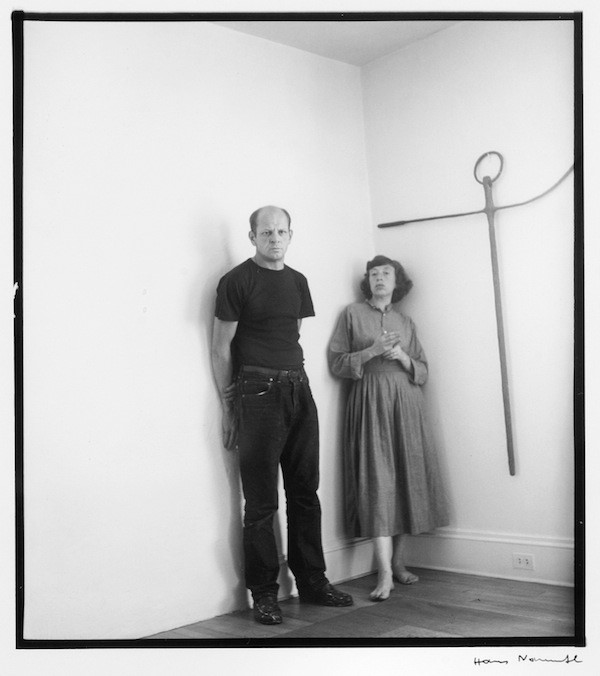“Every good artist paints what he is.” We break down the painter's distinctive aesthetic
This week at the Sotheby’s contemporary art auction in New York, a new record was set when Number 4 (1951) by Jackson Pollock sold for $40 million (£21.5 million). Pollock, who would have celebrated his 100th birthday in January this year, was a leading pioneer of the abstract expressionist movement, famed for his large-scale drip-paintings.
His paintings began to emerge after sessions in therapy, where he was encouraged to explore his subconscious. A series of dream-like work emerged, culminating in his avant-garde drip-works created through pouring buckets of paint onto canvases, and manoeuvring it using sticks and trowels. Nicknamed Jack the Dripper, Pollock was a notorious recluse who struggled with notoriety. Few photographs of the artist exist, and he was rarely seen without his signature paint-splattered blue painting overalls. He wore dark denim jacket and jean combos with plain black T-shirts, like a stark black drip against his own extensive canvas.
"Pollock wore dark denim jacket and jean combos with plain black T-shirts, like a stark black drip against his own extensive canvas"
Since a Vogue issue in 1951, when Cecil Beaton photographed models standing in front of Jackson Pollock paintings, the artist continues to be referenced within fashion, recognised within the S/S08 paint-splashed collection of Dolce & Gabbana or the theatrical S/S99 performance by Alexander McQueen, where two robots fired paint onto a trapeze dress worn by Shalom Harlow.
Pollock battled alcoholism and depression for much of his life, one often fuelling the other. One of the ‘cowboy artists’, he led a troubled and adulterous life but always maintained that he had control of his actions, much like his work, where he kept methodic control of his drips. He can still be easily recognised within the broken, fanatical yet skillfully regulated lines of thick paint in his work. He himself said, “Every good artist paints what he is.”
